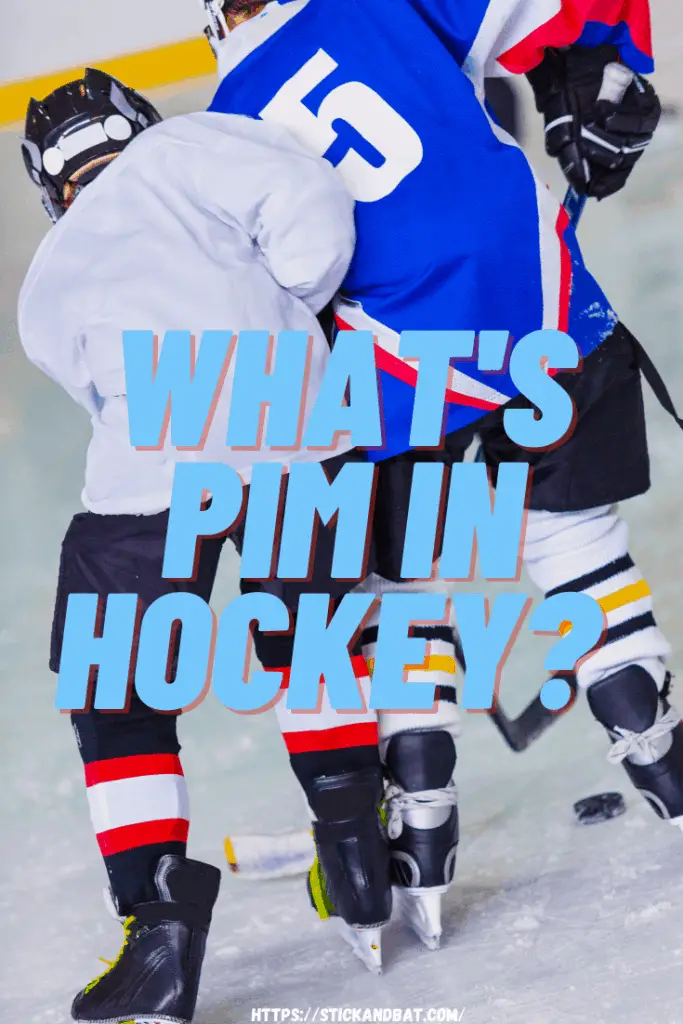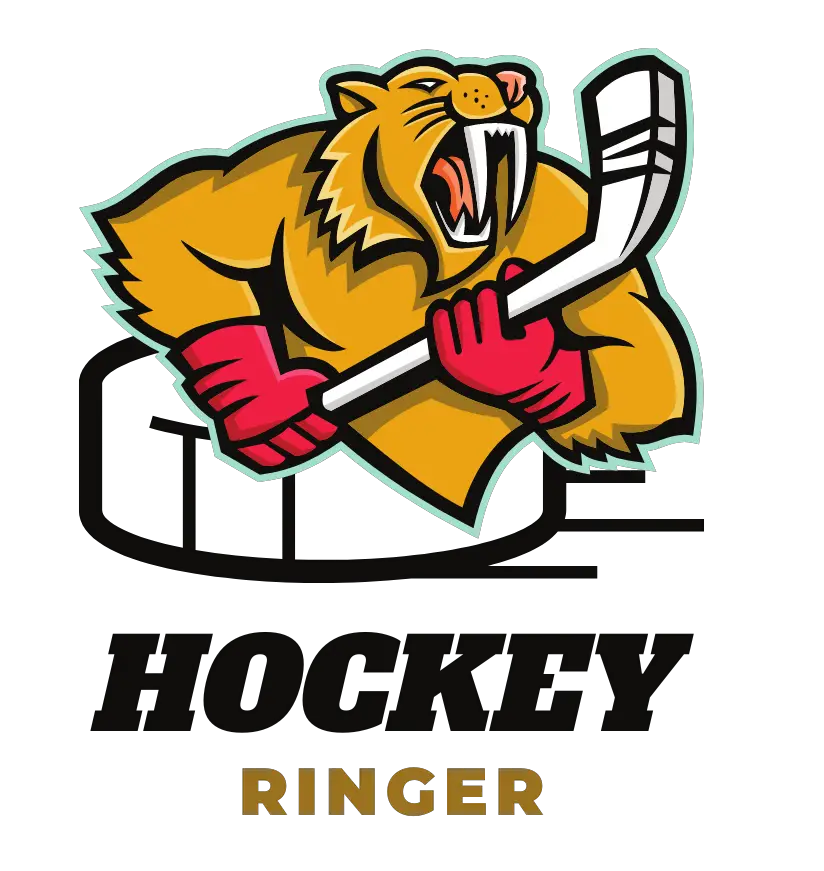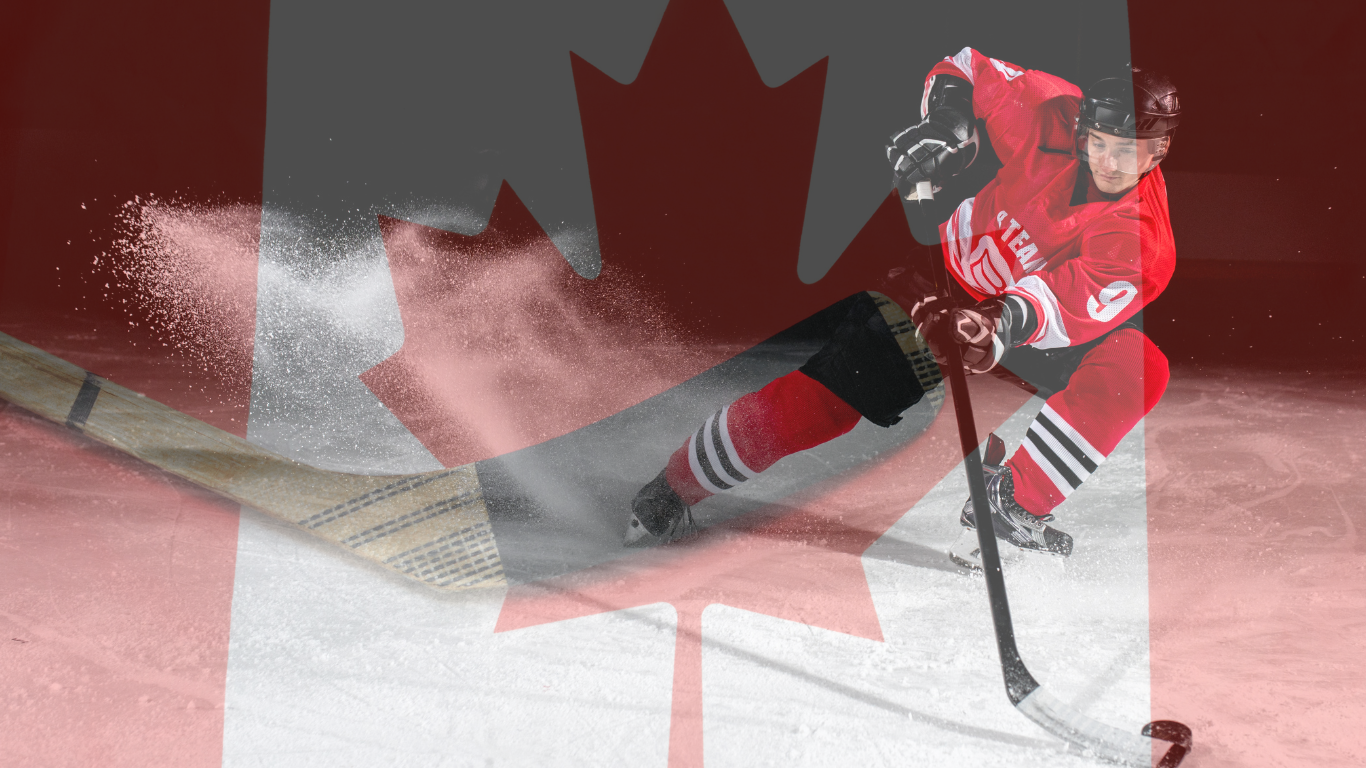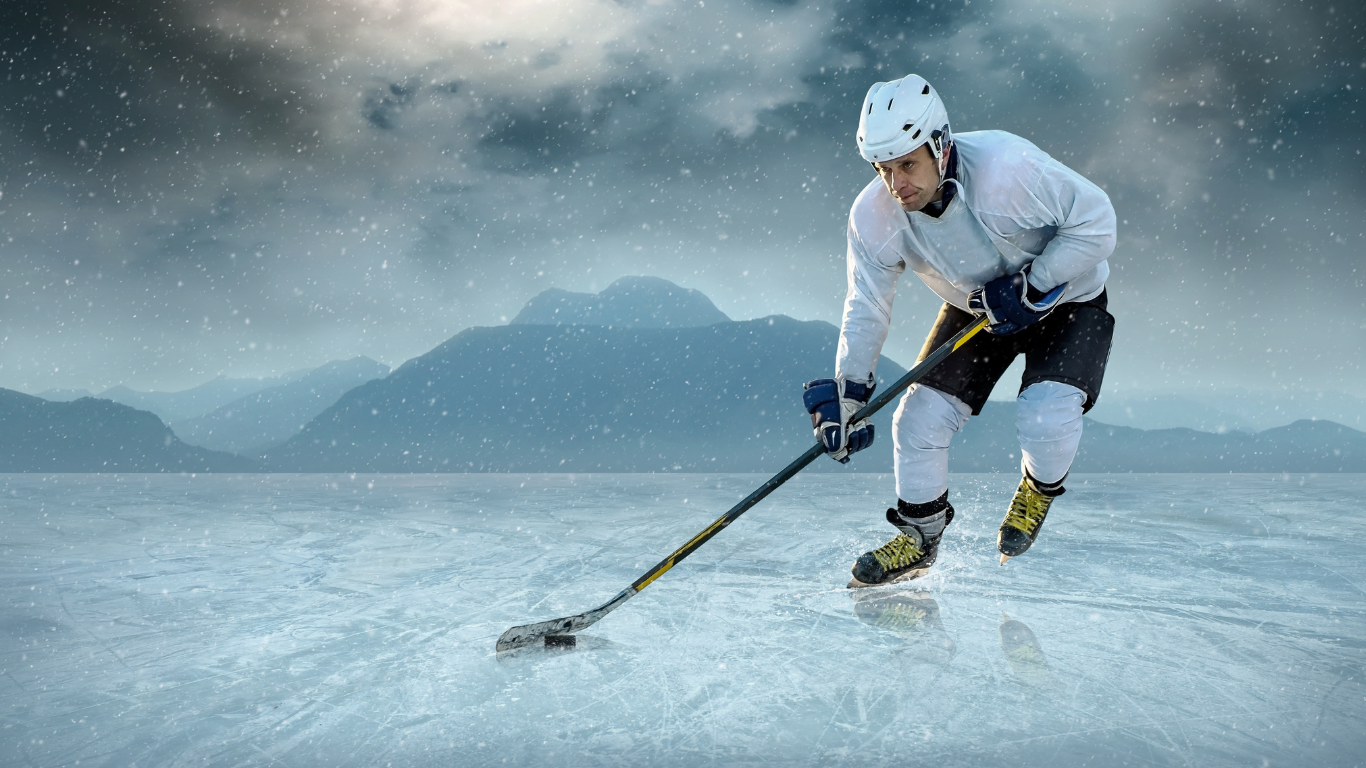PIM is a system used in hockey to track penalties and stands for Penalty Infraction Minutes. Anytime a player breaks the rules in a hockey game, they will be subject to a penalty which means they will have to sit out of the game for a time period. The PIM will keep track of how many penalty minutes each player or team racks up.
When a player doesn’t follow the rules, they will have to spend a few minutes (or more) in the penalty box, so the PIM is needed to track how long. Keep reading to learn more about PIM and why it is necessary for the game of hockey.
What Does PIM Mean In Hockey?
Many people notice PIM when they are reading the statistics of NHL players. While checking out the scoring statistics of your favourite players, the PIM column is essentially their punishment column. Each penalty has a different time length, so the PIM is used to keep track of all the minutes between players, goalies, and even teams.

How To Determine A PIM Time in NHL?
A player’s penalty infraction minutes will all depend on what they are getting the penalty for. There are different types of penalties, depending on what rule the player broke. Some are more serious than others, which is why there are different penalty timeouts for players. Let’s take a look at what type of penalties a player may get when they break the rules:
Minor Penalties
When a player receives a minor penalty, they will have to sit in the penalty box for two minutes. This penalty is assigned to less serious offenses simply as a warning.
One thing to know about a minor penalty is that if the opposite team scores while a player is in the penalty box, the remainder of their time spent in the box will be voided and they can participate again.
However, even though the player can rejoin the game earlier, they will still collect the entire PIM time in their statistics. Some of the events that could lead to a minor penalty include:
- Tripping
- Slashing
- Roughing
- Holding
- Interference
- Delay of game
- High sticking
Double Minor Penalties
A double-minor penalty is when a player gets two of the two-minute penalties at once. When this occurs, the penalty will be assigned to one person for one particular play. While this penalty isn’t as common, the most likely reason you may see a player get one is when they get a penalty for high sticking that results in another player bleeding.
Since a double minor penalty is two penalties in one sitting, the rules for shortening the time are slightly different. If the opposing team scores a goal while the player is in their first two minutes of penalty, the first penalty will be voided and they can start the second two-minute countdown.
If that team scores again, the player will be lifted from the penalty but the PIM time will still be recorded as 4 minutes.
Major Penalties
Since a major penalty is more serious, it will be a 5-minute timeout for the player. When a player receives a major penalty, they will not be released from the penalty box early if the opposite team scores. They must serve the entire 5 minutes in the box. While fighting is a likely cause of the major penalty when two players fight, their penalties cancel each other out.
Some of the most common reasons a player will receive a major penalty is because of aggressive acts like boarding, spearing, or cross-checking.
Misconduct Penalties
When misconduct occurs, the player will receive a 10-minute penalty. This penalty will not be voided and the player must serve the full time. If another player receives a minor or major penalty, that player will have to serve time in the penalty box for the offender. The offending player will not be allowed to return to the ice until the 10 minutes are complete.
Match Penalties
If a match penalty occurs, there won’t be any time penalty. The offending player will be removed for the rest of the game. However, when it comes to PIM, there is no designated number of minutes to record.
Penalty Shots
If a defending team stops a player with a clear shot from shooting the puck towards the goalie, they will be assigned a penalty shot. It will also be given if the defending team or goalies stops the puck in the crease. When the referee assigns a penalty shot, no PIM will be recorded.
What Happens If A Goalie Receives PIM?
What many people who are new to hockey didn’t know is that goalies don’t receive minor or major penalties, so there will be no PIM for a goalie. The only time a goalie will receive a penalty is when they are removed from the game for misconduct.
In the event that a goalie may get called for a minor or major penalty, another player will be assigned to the penalty box. The player will have to sit in the penalty box, but the PIM will be recorded in the goalie’s statistics. Currently, the goalie in the NHL with the highest PIM is Ron Hextall with 569.
Why Are PIMs A Good Thing?
When it comes to hockey pools, people will often include the PIM in the statistics to consider. This switches things up a bit and gets people to consider other aspects of certain players before making any decisions. IT also gives people an idea of which players are more likely to get aggressive or start a fight on the ice.
While most teams don’t consider PIMs a good thing, sometimes the opposing team values them. When stronger players receive penalties, they will be removed from the ice for a time period which allows the opposing team a better chance of scoring a goal. If a good player receives a major penalty, the opposing team could have a strong advantage for getting multiple goals,
Which NHL Players Have The Most PIMs?
According to ESPN, Tiger Williams has accumulated the most PIMs of all NHL players. In his career, he has spent 3,971 minutes in the penalty box. While Tiger may be the reigning champ of PIM time, Dale Hunter closely follows with a PIM of 3,565. Tai Domi isn’t far behind with a PIM of 3,515.
Final Thoughts
PIM is short for Penalty Infraction Minutes, and it’s used to record how many minutes a player has spent in the penalty box. Every time a hockey player breaks the rules, they will be assigned a penalty. Each type of penalty has a different time limit, and that time gets recorded on their PIM. Players with the highest PIM statistics have spent the most time in the penalty box.
All players who receive a minor penalty can be released from the penalty box early if a player from the opposite team scores a goal. If this happens, they won’t have to serve the whole time for their penalty but the whole time will be recorded to their PIM. A player’s PIM can be used to predict how aggressive they may be on the ice.



